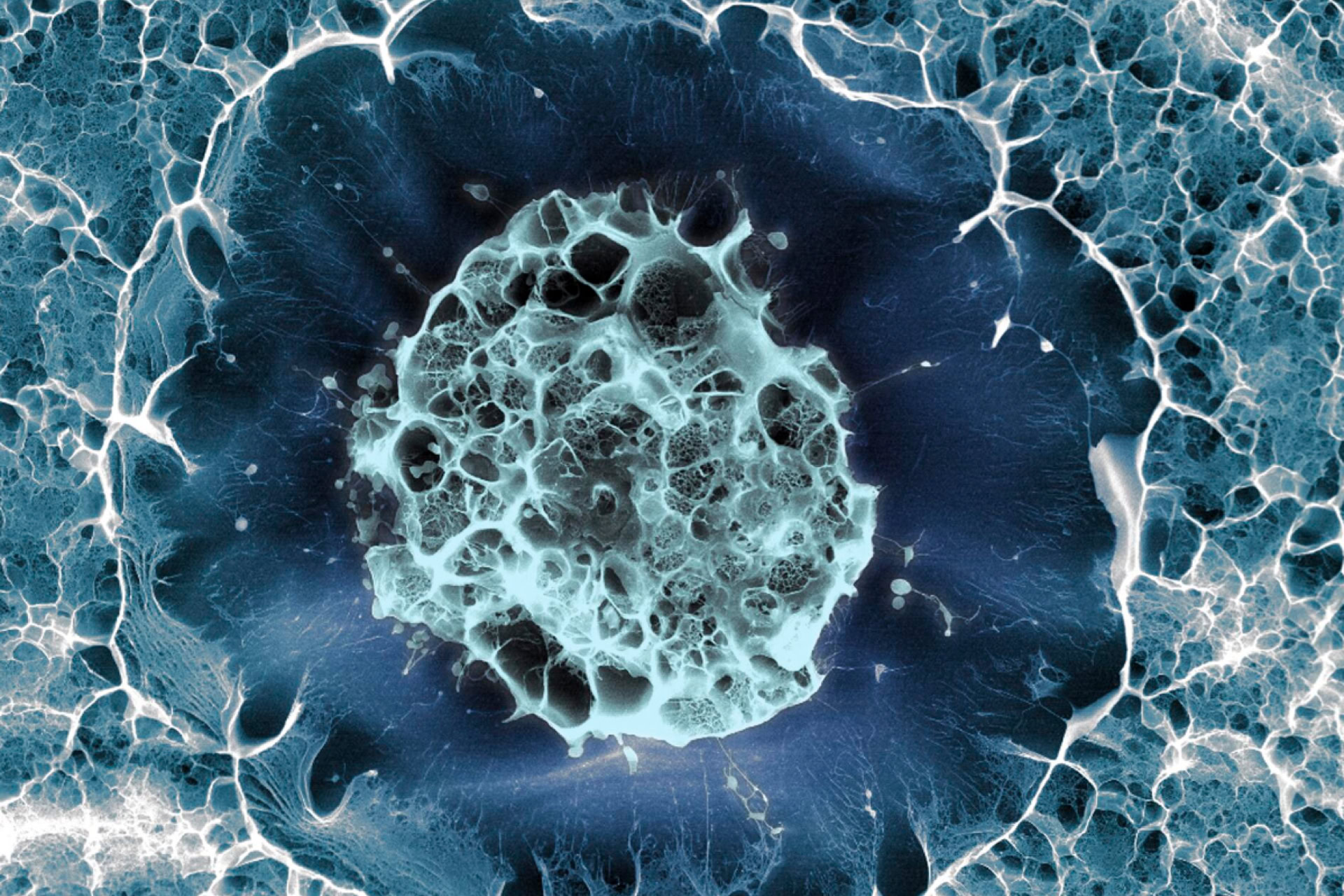Stem cells from cloned mouse embryos are indistinguishable from those obtained using mouse IVF embryos, say US researchers. The team, based at the Whitehead Institute in Cambridge, Massachusetts, showed that gene activity 'profiles' of embryonic stem cells (ES cells) from the two sources are virtually identical. The findings, published in the Proceedings of the National Academy of Sciences (PNAS), suggest that cloned ES cell lines do not have genetic abnormalities that would prevent them being used for new therapies. However, it is not known whether the same would be true for human cloned ES cells.
Cloning, or SCNT (somatic cell nuclear transfer), involves taking the nucleus from a donor body cell and inserting into an unfertilised egg cell emptied of its own genetic material. The resulting cell is then stimulated so that it begins to divide and develop in the same way as a fertilised egg. However, for this to happen, the genetic information from the donor cell must be successfully returned to an embryonic state. This 'reprogramming' process reactivates crucial genes required by the growing embryo, and switches off others that are not required.
Reprogramming errors are thought to be responsible for the high failure rates seen in animal reproductive cloning experiments. In the latest study, the researchers wanted to find out if such genetic abnormalities can be passed on to ES cells derived from cloned embryos. They transferred nuclei from mouse immune system cells and skin cells into donor eggs, and managed to grow ES cells from a handful of the resulting embryos. The team then looked at the activity of over 30,000 different genes in five of the ES cell lines, and compared the results to the gene activity profiles of ES cells obtained from mouse IVF embryos. Although they could tell the difference between cell lines derived from different animals, the researchers couldn't distinguish those from cloned and IVF embryos.
Team leader Tobias Brambrink said that a major concern for potential human ES cell therapies is that such cells might have abnormal gene activity that could trigger cancer. 'You want to make sure that the cells you use for therapy are actually normal and are not in any way screwed up to start with', he said. He claims that his paper 'shows that it's worth the effort to clone an embryo and make a stem cell line because it should be useful for therapy'. However, there are 'huge differences' between mouse and human embryos, as Miodrag Stojkovic, of the Principe Felipe Reserch Center in Valencia, Spain told the Scientist magazine. Also, following the recent exposure of the South Korean reports of cloned human embryos as fraudulent, no-one yet knows if it will be possible to grow cloned human embryos for long enough to derive ES cell lines.
Sources and References
-
Cloned, fertilized stem cells look the same
-
Study Finds Cloned Stem Cells Safe



Leave a Reply
You must be logged in to post a comment.